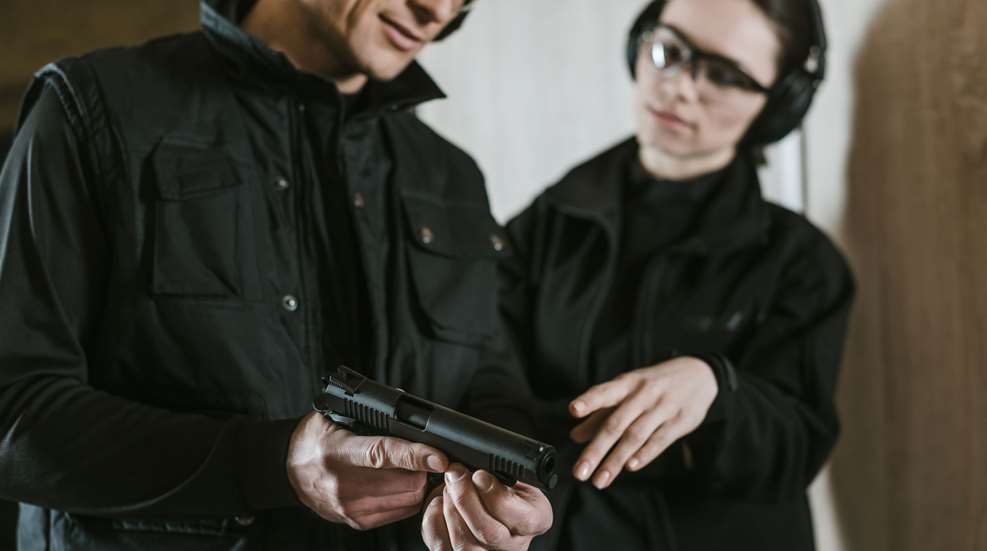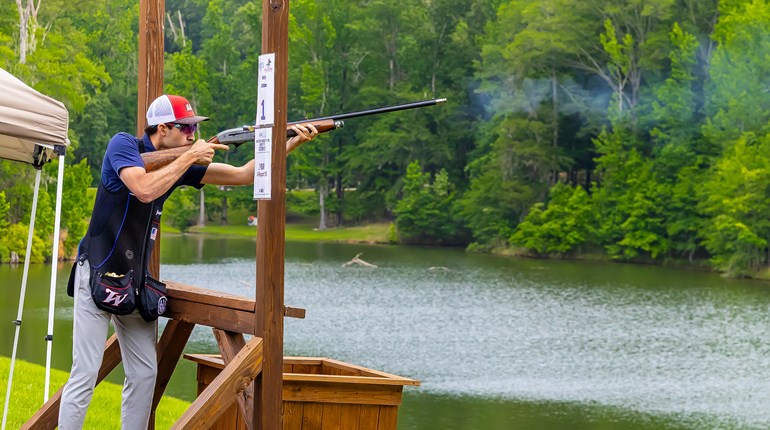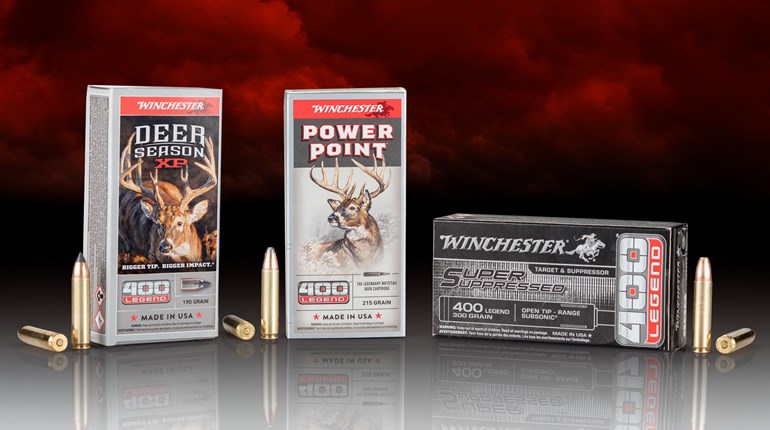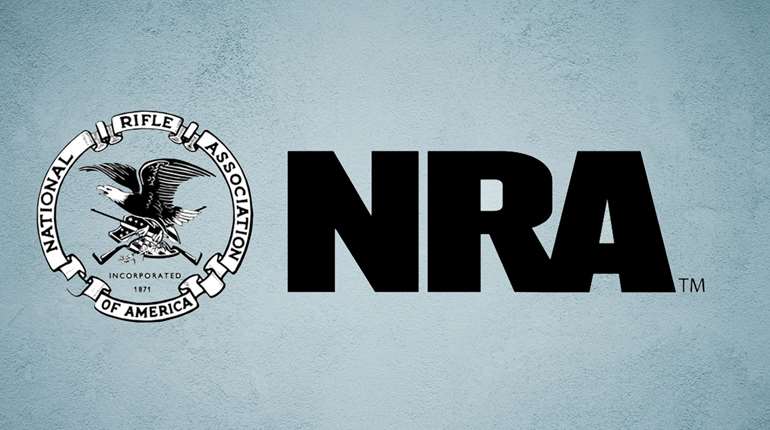
Like most gun owners who own a handgun for personal protection, you likely feed your gun a steady diet of lead-core full metal jacket (FMJ) ammo at the range. It is a critical part of any proper training regimen, as it helps keep your shooting skills honed in the event you may one day have to rely on your familiarity with your gun—and your training—to defend yourself or your family.

If you are a new gun owner, you’ll learn early on that regular target practice eats up a lot of ammo, which is why FMJ is sold in boxes with larger quantities and, theoretically, is relatively less expensive than jacketed hollow points (JHPs) or other bullet designs that are typically saved for self-defense purposes. Note the word “theoretically,” because as of this writing, demand is still outweighing supply in almost all calibers in all brands of ammunition, and prices are reflecting that demand. But in more usual times of abundance, FMJ ammo like Winchester’s famous “white box” is significantly less expensive than JHPs. Most defensive loads also come in boxes of smaller quantities—usually 20 rounds— in part due to higher production costs, as well as the assumption that you will only be firing these rounds in the worst-case scenario.
FMJ is a solid choice (pardon the pun) for the range, and you can typically find plenty of brands of target ammo that run consistently and reliably through most stock handguns. But for a variety of reasons—lack of expansion and overpenetration chief among them—FMJ ammo is rarely recommended for personal protection. So if you’ve made the choice to obtain a handgun for personal protection, it is essential that you learn, through a process of discovery, which defensive ammo is best suited for your particular gun—then add regular training with that defensive ammo to your range regimen. Because no matter how well your gun performs at the range with target ammo, and no matter how braggadocious your targets look at the end of your session, you must ask yourself: Will I be able to repeat that performance when it really counts? You don’t want to find out at the moment you are defending your life or that of a loved one that your pistol won’t properly cycle your choice in defensive ammo.

You may have heard experienced shooters say, “My gun doesn’t like that ammo.” The more time I spend at the range, the more I understand that it is not unusual to experience jams or misfeeds along the way of discovering the intricacies of my guns. It doesn’t necessarily mean there is anything wrong with the ammo or guns per se. I liken this period to the dating process between a new gun and a host of suitors (the ammo). Sometimes they simply are just not a match, and there's no reason to pursue the relationship. End it right there; don't even let these two be friends. Companies like Winchester and others have been working to reduce these incompatibilities by creating ballistically matched target loads and defensive loads. These systems are something of an "arranged marriage," eliminating the dating period altogether. But good luck finding them on the shelves these days; they will eventually return, but it might be a while.
There are a variety of reasons why certain ammo cycles more reliably through some of your pistols than others: the ammo cartridge, bullet shape or size, miniscule differences in cartridge dimensions or even differences between two identical guns that have come off of the same assembly line. Is your gun an out-of-the-box model, a tight-fitting custom job, or is it a well-worn family heirloom passed down through generations? Will a particular bullet profile cause a jam in feeding from magazine to chamber? Sometimes the shooter is at fault, unable to adjust to the difference in recoil between range ammo and “hotter” self-defense loads, or even perhaps committing a technical error, such as limp-wristing or improperly racking the slide.
The reasons are unique to your individual gun, which is why you must test a variety of brands, weights and loads to find the most reliable match for your defensive pistol. Only then can you grow confident in its dependability.
Ultimately, the objective is to identify which ammo (both target and defensive) pairs best with your pistol, then become proficient with them. In other words, feed your gun what it likes to eat, and it will respond accordingly. You should absolutely spend as much time as you can training with target ammo, becoming more familiar with your chosen defensive pistol and perfecting your shooting fundamentals.
But once you’ve identified which defensive ammo your gun prefers, be sure to incorporate enough training time with it so you are well prepared in the event of that worst-case scenario. Spend the extra few dollars on the 20-round boxes and send plenty of rounds downrange. Don’t just load your nightstand pistol with it “just in case.” Because there is no louder sound in the middle of the night than “click” when you expect “bang.”















































